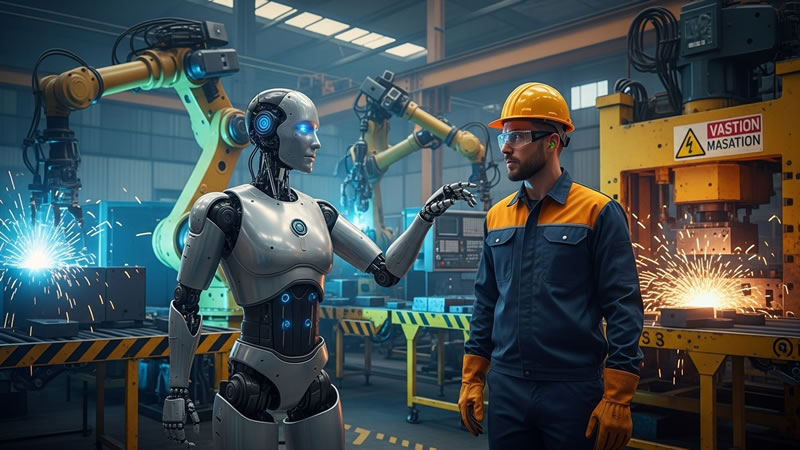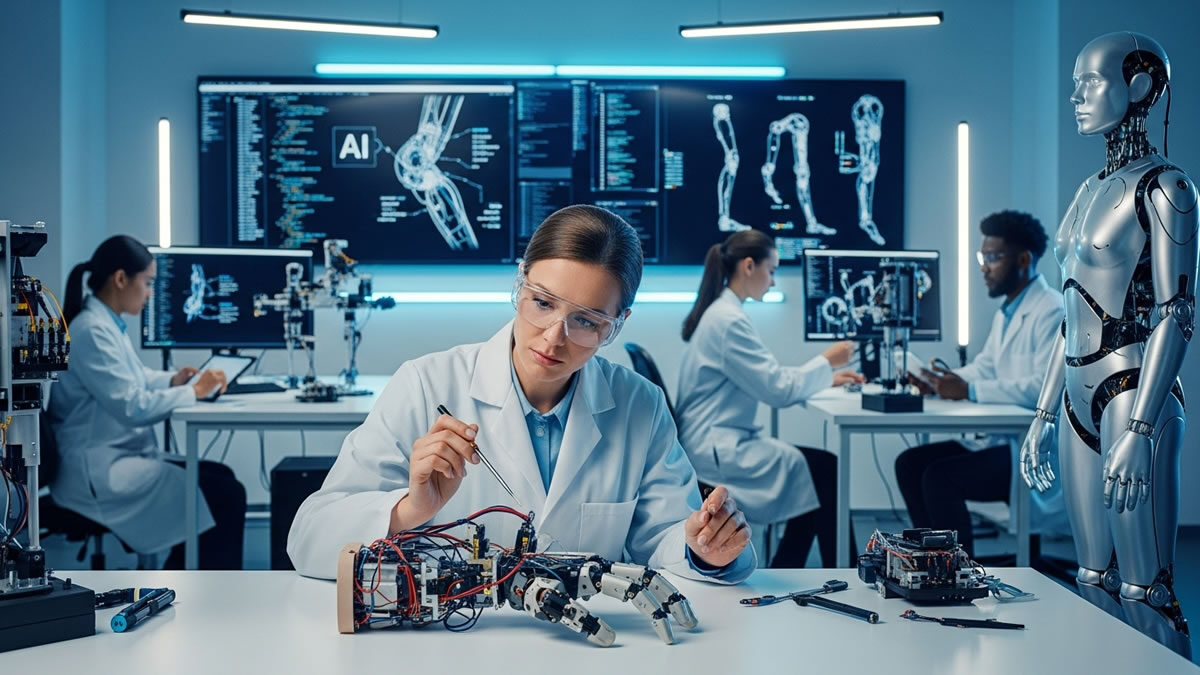Roboticist and iRobot creator Rodney Brooks has issued a warning about a humanoid robot funding bubble. He’s not the sole individual expressing concern. In a recent article, Brooks highlights the billions of investment dollars being directed into humanoid robot firms like Figure. His perspective: despite the volume of cash being funneled into the sector, humanoids won’t manage to develop dexterity or the delicate hand movements, making them practically ineffective.
Skepticism Among Investors And Researchers
His opinion may astonish some, particularly those venture capitalists backing the industry. Yet many robotics-oriented investors and AI specialists have told TechCrunch recently that they don’t foresee large-scale adoption of humanoid robots for several more years, possibly over a decade.
Fady Saad, a managing partner at robotics-centered VC Cybernetix Ventures and past co-founder of MassRobotics, informed TechCrunch that apart from deploying humanoids into space instead of astronauts, he doesn’t anticipate a significant market soon.
Market Limitations And Safety Challenges
People unfamiliar with humanoids or those not consistently tracking the field are amazed by recent advancements, but Saad remains cautious and doubtful about their true commercial value and potential income generation. He is also worried about safety, especially when people and humanoids coexist in the same environment.
Stay up to date with the latest technology in TheTechCrunch, which covers artificial intelligence, mobile and web apps, modern things, cyber security, and general technical news. From AI’s successes to chat and generative tools, such as smartphones, laptops, and wearables’ special reviews, TheTechCrunch gives an insight into this case.

Safety complications might emerge from humanoids and humans collaborating on factory floors or other industrial zones. These concerns rise when humanoids move into personal homes, a milestone many companies aim for.
Technological And Ethical Barriers
If such a machine were to fall on pets or children, it could injure them. This represents just one obstacle among many that few people acknowledge. Another issue is how many individuals would feel at ease having a humanoid inside their home. What if it were hacked?
What if it malfunctioned during the night and began destroying items? The timeframe for this innovation remains uncertain, a vital aspect for venture capitalists who operate under strict fund durations and investor return deadlines.
Comparison To Self-Driving Cars
Sanja Fidler, vice president of AI research at Nvidia, shared with TechCrunch in August that while pinpointing the exact development timeline for humanoids is difficult, she likened the present enthusiasm to the early excitement surrounding autonomous vehicles. She stated that self-driving cars once seemed achievable, yet even after numerous years, full global independence remains unattained. Achieving complete dependability in such complex systems is vastly challenging.
Industry Investments And Infrastructure
Nvidia’s chief scientist, Bill Dally, echoed this sentiment during an interview with TechCrunch. Their remarks hold weight since Nvidia is also allocating substantial resources to construct the infrastructure that humanoid companies will rely upon.
Seth Winterroth, a partner at Eclipse, noted that although each new technical breakthrough generates excitement, humanoids are extraordinarily intricate. He explained that attaining full operational ability will still take considerable time.
Technical Complexity And Economic Feasibility
He stated that programming systems with six degrees of freedom is already challenging, but humanoids operate with sixty or more. To sustain a lasting business, developers must achieve efficient unit economics and healthy gross margins, conditions not yet met. He trusts the field remnants in its initial phase.
Tesla’s Ongoing Struggles
In most scenarios, humanoid robots themselves are not yet appropriate for the worldwide stage. Tesla exemplifies these difficulties. The company professed its humanoid scheme, Optimus, in 2021, with a targeted release by 2023. That target was missed. When unveiled in 2024 at Tesla’s We Robot event, it was later disclosed that the machines were mainly guided by human operators offstage. Tesla now claims it will begin sales in 2026.
Questions Around Deployment Numbers
Robotics startup Figure, valued at $39 billion after a September fundraising round, has also faced qualms about how many humanoids it has truthfully deployed, an opinion it firmly disputes. Still, this doesn’t imply androids lack future possibilities or that development labors are wasted.
Brooks himself trusts humanoids will ultimately exist, though he forecasts they will differ significantly from human-like forms, possibly containing wheels or other nonhuman traits, and not appear for over a decade.
Emerging Innovations And Future Prospects
Some startups are focusing on the dexterity technology that Brooks doubts humanoids can achieve. These include Y Combinator-supported Proception and Loomia, which created a toolkit to help robotics firms integrate tactile sensitivity into their designs.
Explore a complete hub for the latest apps, smart things, and security updates online, ranging from AI-operated solutions and automation tools. TheTechCrunch offers in-depth articles, comparisons, and specialist analysis designed to understand the rapidly changing technology. Whether you are keen on robotics, data protection, or the latest digital trends.

Several humanoid companies are now taking pre-orders and gathering public interest. K-Scale Labs, for instance, secured more than 100 pre-orders within the first week, surprising its founders, CEO Benjam Bolte said to TechCrunch.
Rising Demand For Compact Humanoid Models
Hugging Face has also experienced strong enthusiasm from developers for its two humanoid prototypes. The company began taking pre-orders for its smaller desktop edition, the Reachy Mini, in July. The reaction was remarkable. Within just five days of accepting orders, Hugging Face had achieved $1 million in sales, signaling strong public curiosity and commercial momentum.


